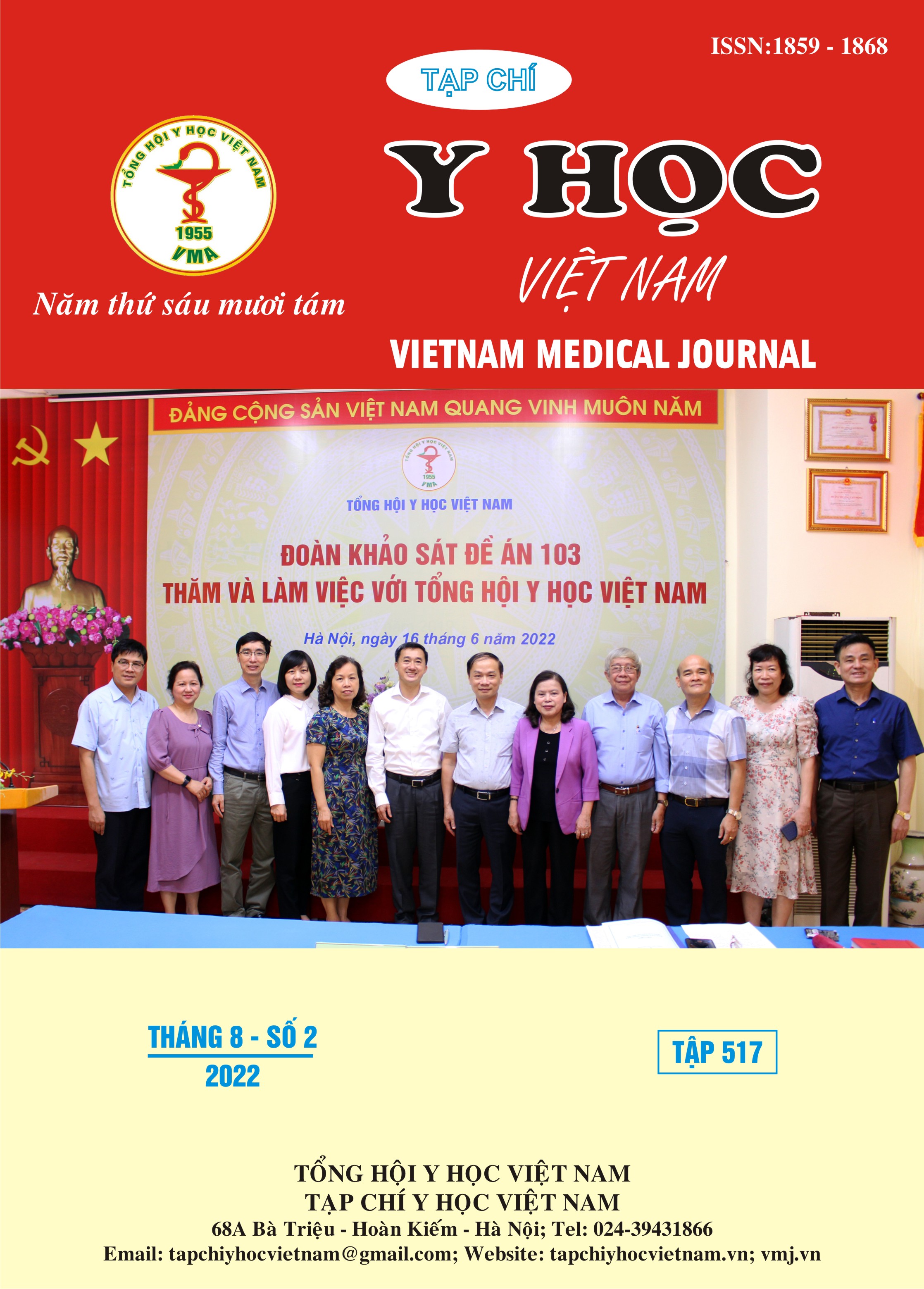A CASE OF RESUSCITATION OF A PATIENT WITH CIRCULATORY ARREST BY CONTROLLED HYPOTHERMIA AT VINMEC PHU QUOC INTERNATIONAL GENERAL HOSPITAL – 2022
Main Article Content
Abstract
A 26-year-old male patient was admitted to the hospital because of cardiac arrest caused by electrocuttion, the duration of the cardiac arrest is unknown. The patient was given ACLS for about 10 - 15 minutes with re-circulation but the pupils were dilated and all reflexes were lost. The patient had a controlled hypothermia of 33 degrees Celsius within 24 hours, maintained at 37 degrees for the next 72 hours. The patient was successfully extubated on day 4 and preliminary assessment of nerve damage completely recovered without leaving any sequelae, discharged after 6 days of treatment. Through this clinical case, we once again want to emphasize the irreplaceable role of hypothermia in the treatment of patients with brain damage after circulatory arrest. Therapeutic hypothemia should be indicated enven if in somecases with cardiac arrest of unknown duration prior to admission and presenting with very poor spontaneous circulation.
Article Details
Keywords
resuscitation, circulatory arrest, controlled hypothermia
References
2. Surani S, Varon J (2016), “The expanded use of targeted temperature management: time for reappraisal”, Resuscitation, 2016;108:0.
3. Polderman KH, Varon J (2018), “Confusion around therapeutic temperature management hypothermia after in-hospital cardiac arrest?”, Circulation, 137:219–221.
4. Nielsen N et al (2013), “Targeted temperature management at 330C versus 360 C after cardiac arrest”, N Engl J Med, 369:2197.
5. Lascarrou JB et al (2019), “Targeted Temperature Management for Cardiac Arrest with Nonshockable Rhythm”, N EngL J Med, 381:2327.
6. Dankiewicz et al (2021), “Hypothermia versus Normotherrmia after Out – of – Hospital Cardiac arrest”, N Eng J Med, 384:2283.
7. Callaway CW et al (2020), “Association of intimal illness severity and outcomes after cardiac arrest with targeted temperature management at 360C or 330 C”, JAMA Network open, 3: 3 208215.
8. Nishikimi et al (2021), “Outcome Related to level of Targeted Temperatire Management in Postcardiac Arrest Syndrome of low, moderate, high severities: A nationwide Multicenter Prospective Registry”, Crit Care Med, 49 e 741.


